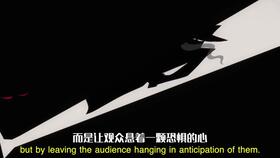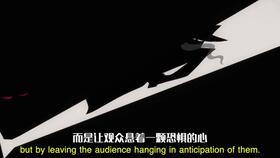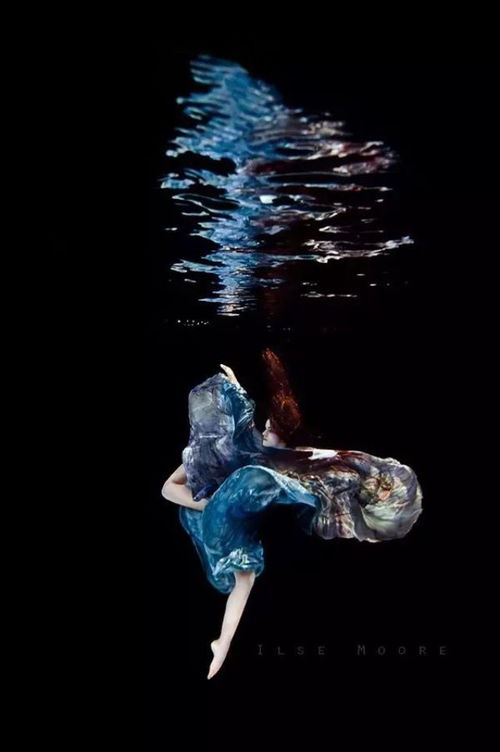The Ultimate Guide to Finding the Bottom Line for Reservoir Fishing
If you're an angler looking to improve your reservoir fishing skills, understanding how to find the bottom line is crucial. Whether you're targeting bass, catfish, or any other species, knowing where the fish are lurking can make all the difference between a successful day on the water and a frustrating one. Here's a comprehensive guide to mastering the art of bottom fishing and how to find the perfect spot in your reservoir.
Understanding the Bottom Line
Before diving into the techniques, it's important to understand what the "bottom line" refers to. In reservoir fishing, the bottom line is the general area where fish tend to congregate. This could be along the edges of the reservoir, near submerged structures, or in areas with specific bottom compositions that attract fish.
Research the Reservoir
Before you set out, do your homework. Familiarize yourself with the layout of the reservoir, including any known structures, drop-offs, or areas with different bottom types. Topographic maps, fish surveys, and local angler insights can provide valuable information.
Start with the Obvious
Begin your search by focusing on the most likely spots where fish would naturally congregate. These include:
- Edges of the Reservoir: Fish often hang out near the transition from open water to shore, where they can feed and rest.
- Submerged Structures: Trees, rocks, and other debris can create prime habitats for fish.
- Drop-offs: Areas where the depth changes rapidly can hold fish as they move up and down the gradient.
Use a Fish Finder

A fish finder is an invaluable tool for locating fish and the bottom line. It can help you identify schools of fish, the depth of the water, and the structure beneath the surface. Set the fish finder to the appropriate settings for the species you're targeting and start scanning the water.
Look for Signs of Fish Activity
As you move around the reservoir, keep an eye out for signs of fish activity. This could include:
- Bubbles: Fish often create bubbles as they feed, especially in shallow water.
- Ripples: Fish may create ripples as they move through the water.
- Surface Activity: Look for fish breaking the surface, which can indicate they're feeding.
Experiment with Different Lures and Techniques
Once you've found a promising area, experiment with different lures and techniques to see what works best. For bottom fishing, consider using:
- Jigs: These can be fished along the bottom or just above it, depending on the species you're targeting.
- Grubs: Soft plastics that mimic baitfish can be effective for a variety of species.
- Spoons: These can be twitched along the bottom to attract fish.
Pay Attention to the Weather and Water Conditions
The weather and water conditions can significantly impact where fish are located. For example:
- Cloudy Days: Fish may be more active and easier to locate in cloudy conditions.
- High Water Levels: During periods of high water, fish may move to shallower areas.
- Low Water Levels: In low water, fish may congregate in deeper holes.
Be Patient and Persistent
Finding the bottom line is often a process of trial and error. Be patient and persistent. Move around the reservoir, changing your location and technique until you find the sweet spot.
Conclusion
Mastering the art of bottom fishing and finding the bottom line in a reservoir requires research, patience, and a willingness to experiment. By understanding the habits of the fish you're targeting, using the right equipment, and paying attention to the environment, you'll be well on your way to successful reservoir fishing. Happy fishing!












